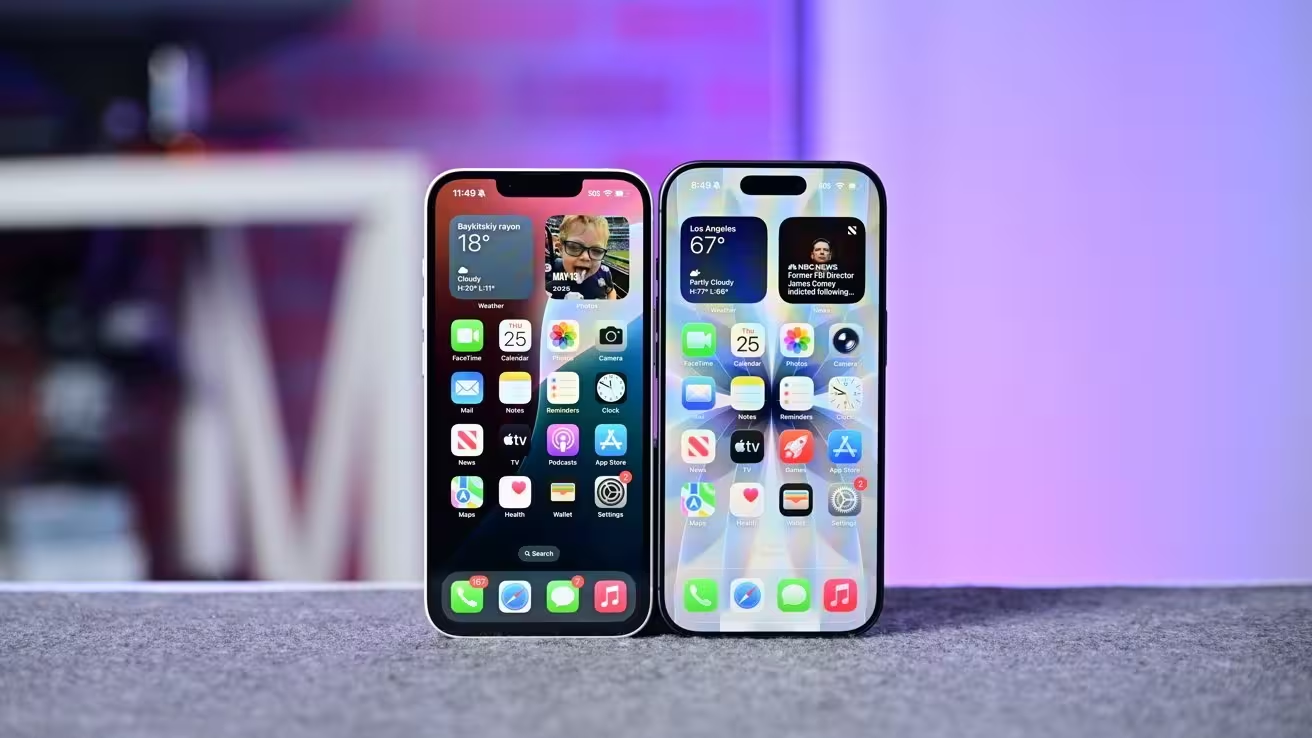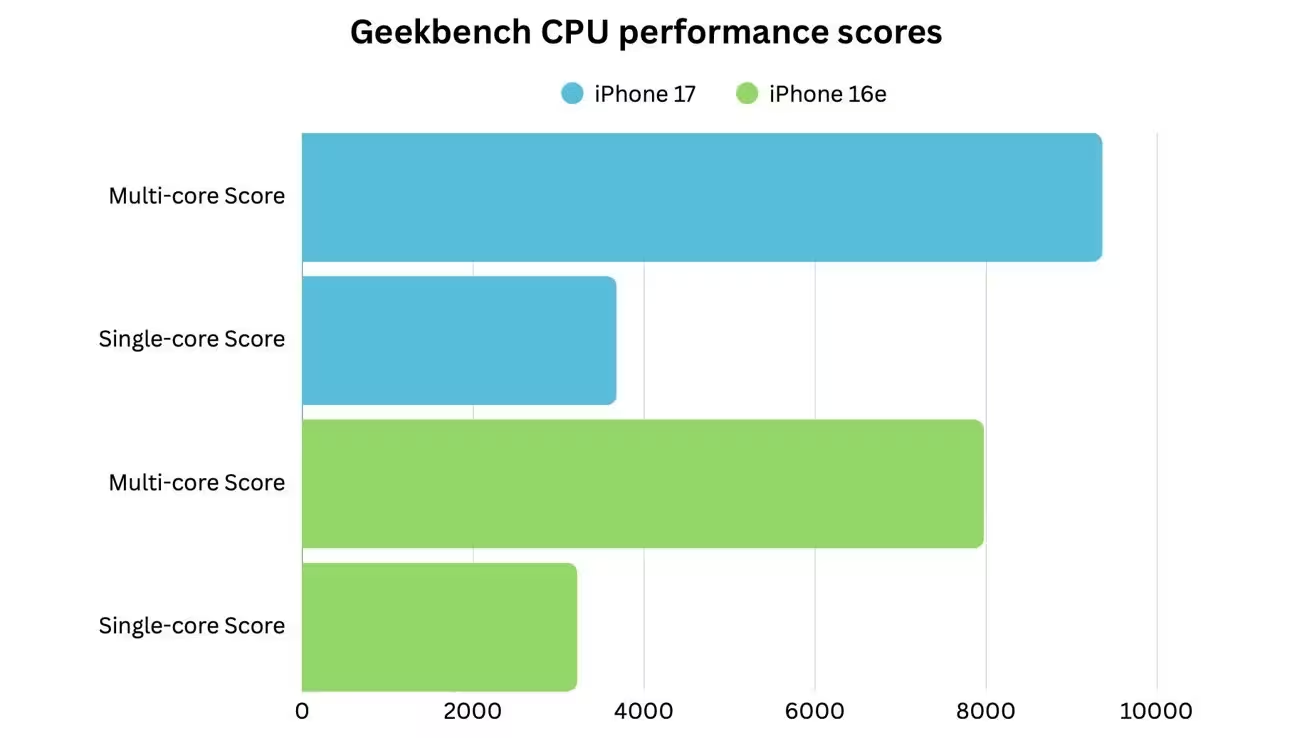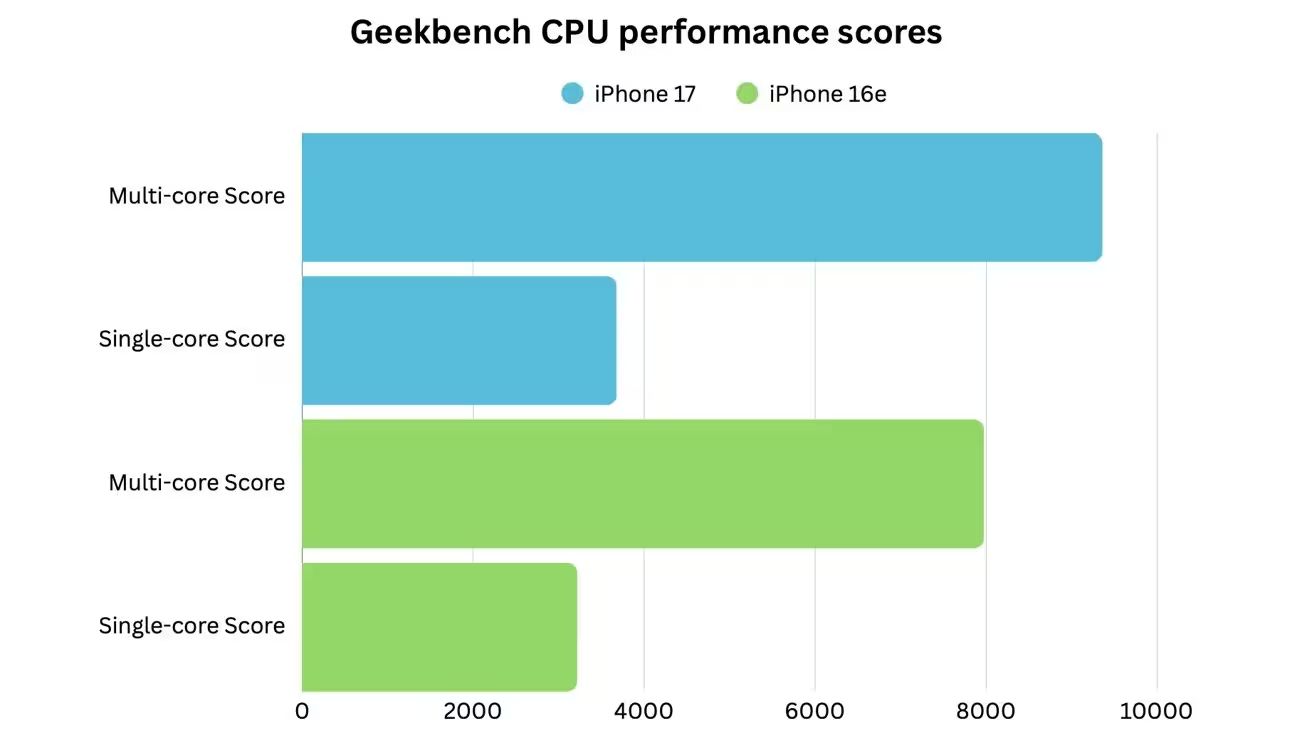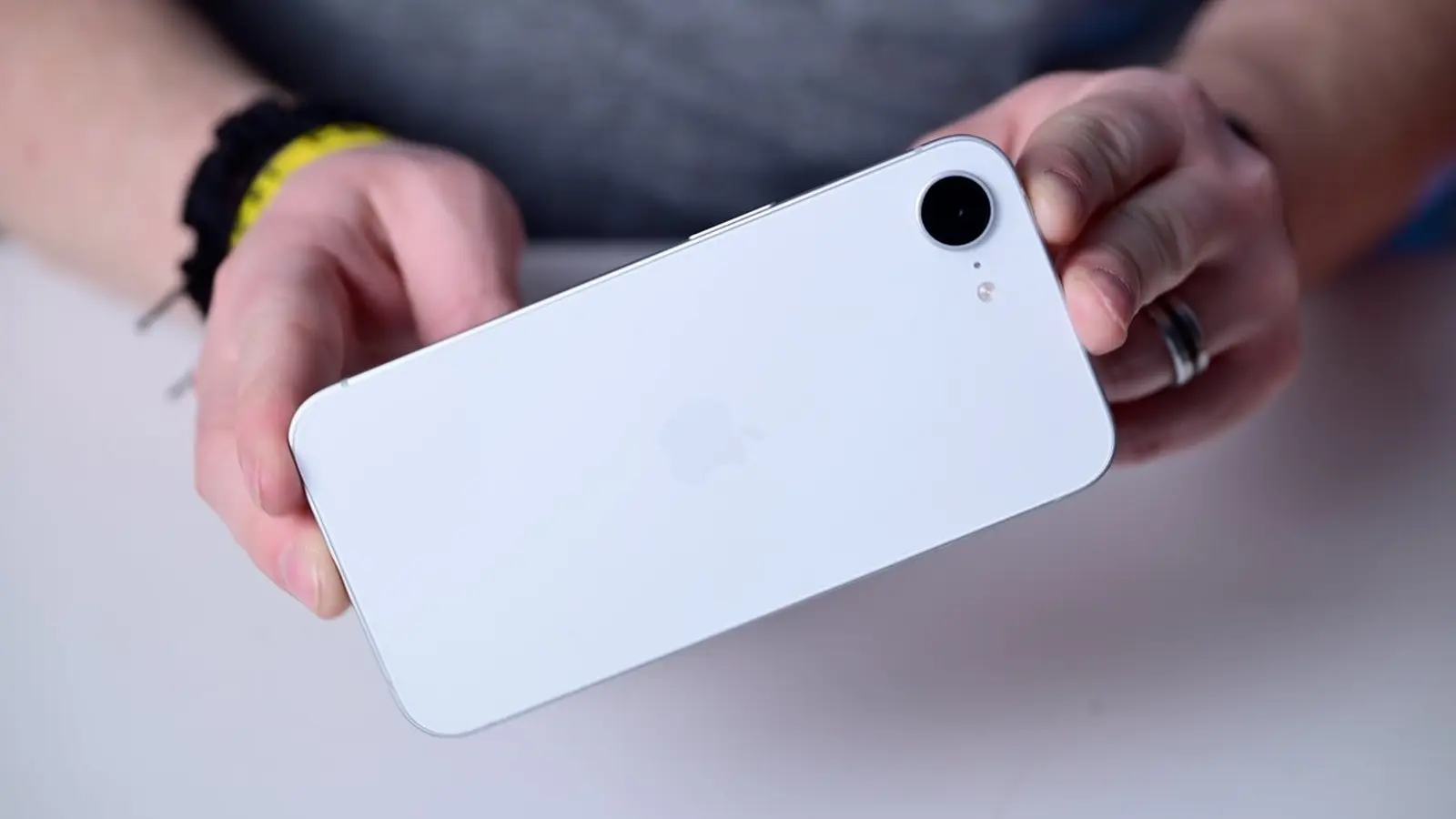5 Minutes
Apple’s budget-focused iPhone is already drawing attention: whispers point to an iPhone 17e arriving in early 2026 with a 6.1-inch screen, possible Dynamic Island, and the newer A19 chip. The leak landscape is messy, but patterns are emerging — here’s a digestible take on what might be coming and why it matters.
When might Apple reveal the 17e?
Leaks and analysts largely agree the iPhone 17e will land in the first half of 2026, but specifics range from February through May. Some sources originally pegged a February debut, mirroring Apple’s recent timeline for its lower-cost launches, while others nudged the date toward spring. Noted analyst commentary supports a H1 2026 unveiling, making a February announcement the most plausible option given Apple’s recent cadence for entry-level models.

Screen talk: 6.1 inches and a split on Dynamic Island
Reports converge on a 6.1-inch display, keeping the 17e slightly smaller than the standard iPhone 17. Where the story diverges is the front-facing layout. One set of leaks says the phone will reuse the iPhone 16e display hardware, which would mean a traditional notch and suppliers like BOE, Samsung Display, and LG handling panels—BOE possibly producing the majority.
Other leaks suggest Apple could give the 17e the same display as the regular iPhone 16, including Dynamic Island. If so, the 17e would finally move away from the notch and adopt the visual, interactive pill used to surface timers, media info, and system alerts by blending UI with the camera cutout. Either way, expect a 60Hz refresh rate and Face ID to remain the biometric standard.
Under the hood: A19 expectations and performance clues
The A19 chip is the likeliest candidate to power the iPhone 17e. That prediction matches Apple’s pattern of stepping up silicon even in more affordable models. Compared with the A18 used in the 16e, the A19 brings faster neural accelerators for on-device AI tasks and higher memory bandwidth. Both A18 and A19 variants for standard models typically ship with about 8GB of RAM; the A19 Pro trims up to 12GB in higher-tier models.

Benchmark snippets hint at noticeable gains in graphics and CPU performance. For context, the standard iPhone 17 scored roughly 37,014 in Geekbench 6 Metal testing, while the iPhone 16e scored about 22,478 — a meaningful uplift for graphically demanding apps and games. On CPU tests, the iPhone 17 posted multi-core and single-core scores of roughly 9,360 and 3,680, versus the 16e’s 7,976 and 3,217 respectively. In short: gamers and heavy multitaskers could see a better experience, though everyday tasks will still feel smooth on prior chips.
GPU core questions and real-world impact
One open question is how many GPU cores Apple will enable in the 17e’s A19 variant. The base A18 used in the 16e had fewer GPU cores than the full A18 in the iPhone 16. An extra GPU core in the A19 would boost frame rates in intensive games and creative apps, but for most users the difference will be incremental — more relevant for power users and mobile gamers.

Design and other unknowns
Visually, the 17e could resemble the recent 16e (flat sides and a notch) or align more with the base iPhone 16 if Apple chooses to reuse that chassis. There are no strong, consistent leaks about a dramatic redesign, so changes beyond display and internal silicon appear limited at this stage. Outside the display, CPU, and launch window, reliable details are scarce — meaning Apple could still surprise us with smaller but meaningful tweaks.
For buyers and watchers, the key takeaways are straightforward: expect an early‑2026 launch, a 6.1-inch display with lingering uncertainty over Dynamic Island, and a likely jump in on‑device processing thanks to the A19. Those seeking flagship features may wait for higher-tier models, but the 17e looks positioned to offer notable upgrades for a budget-conscious iPhone buyer.
Source: appleinsider


Leave a Comment